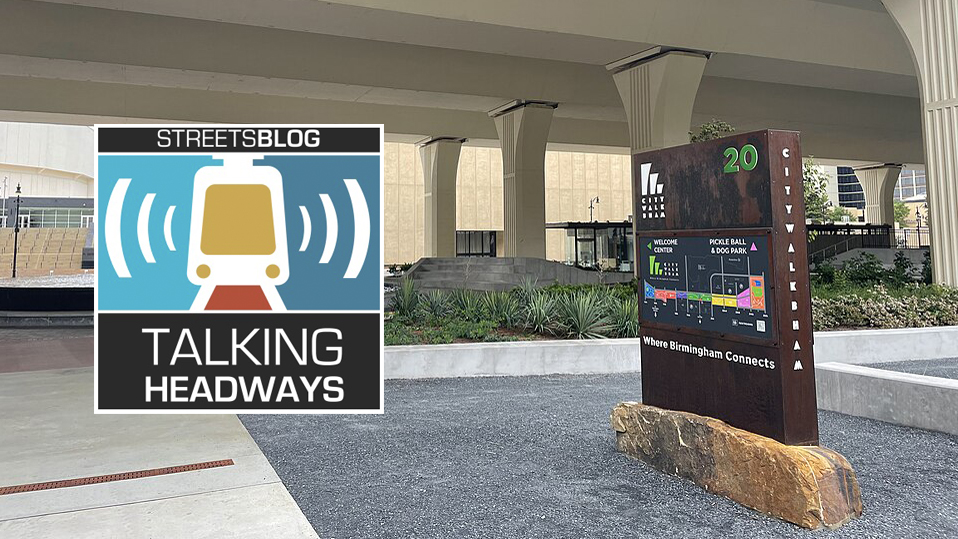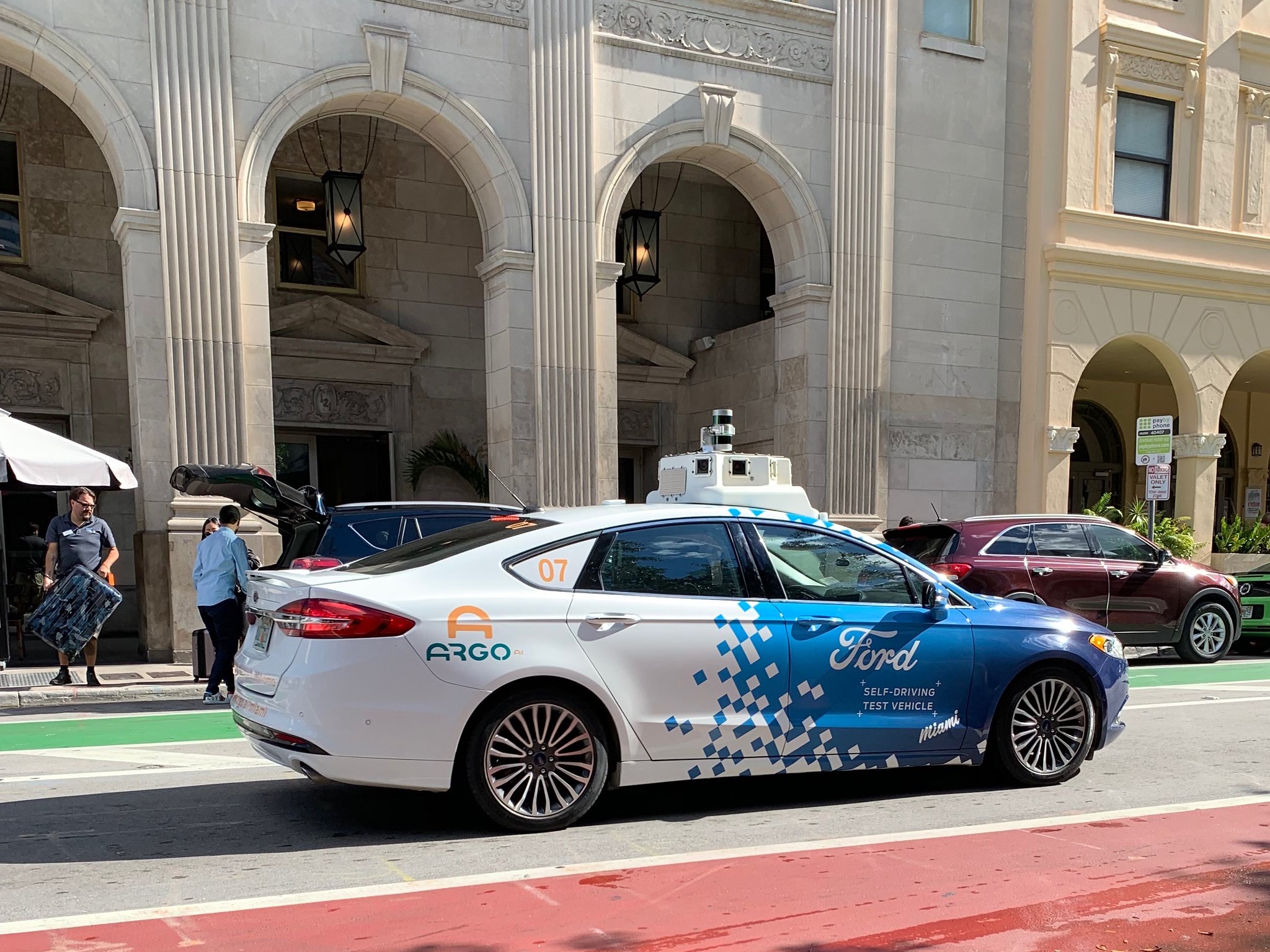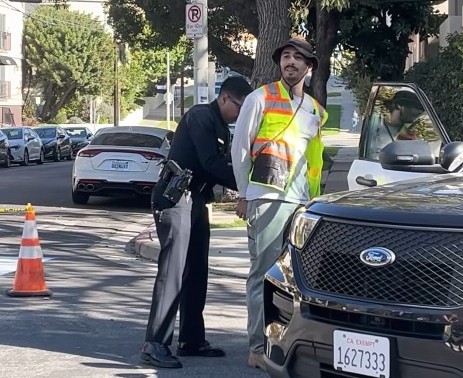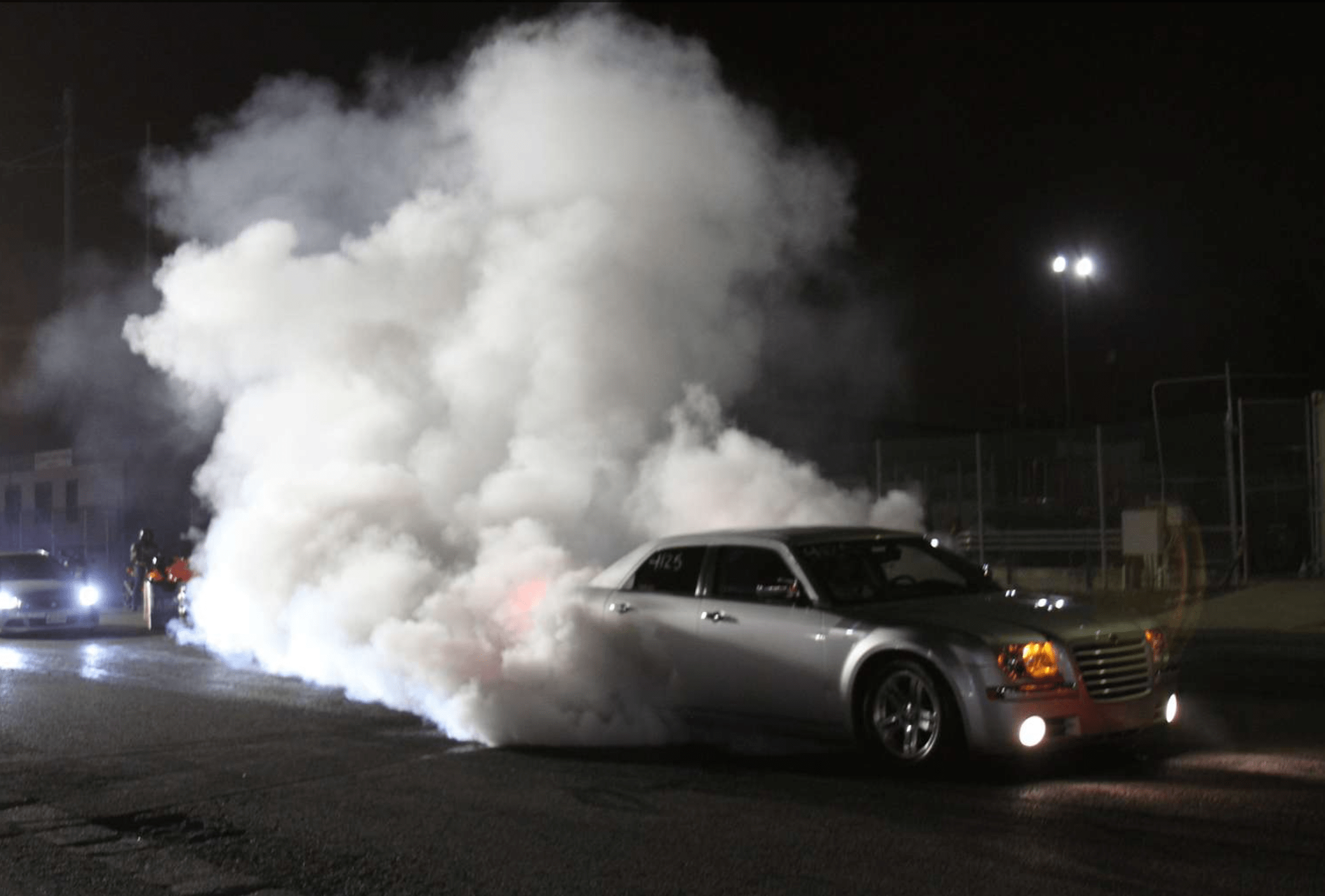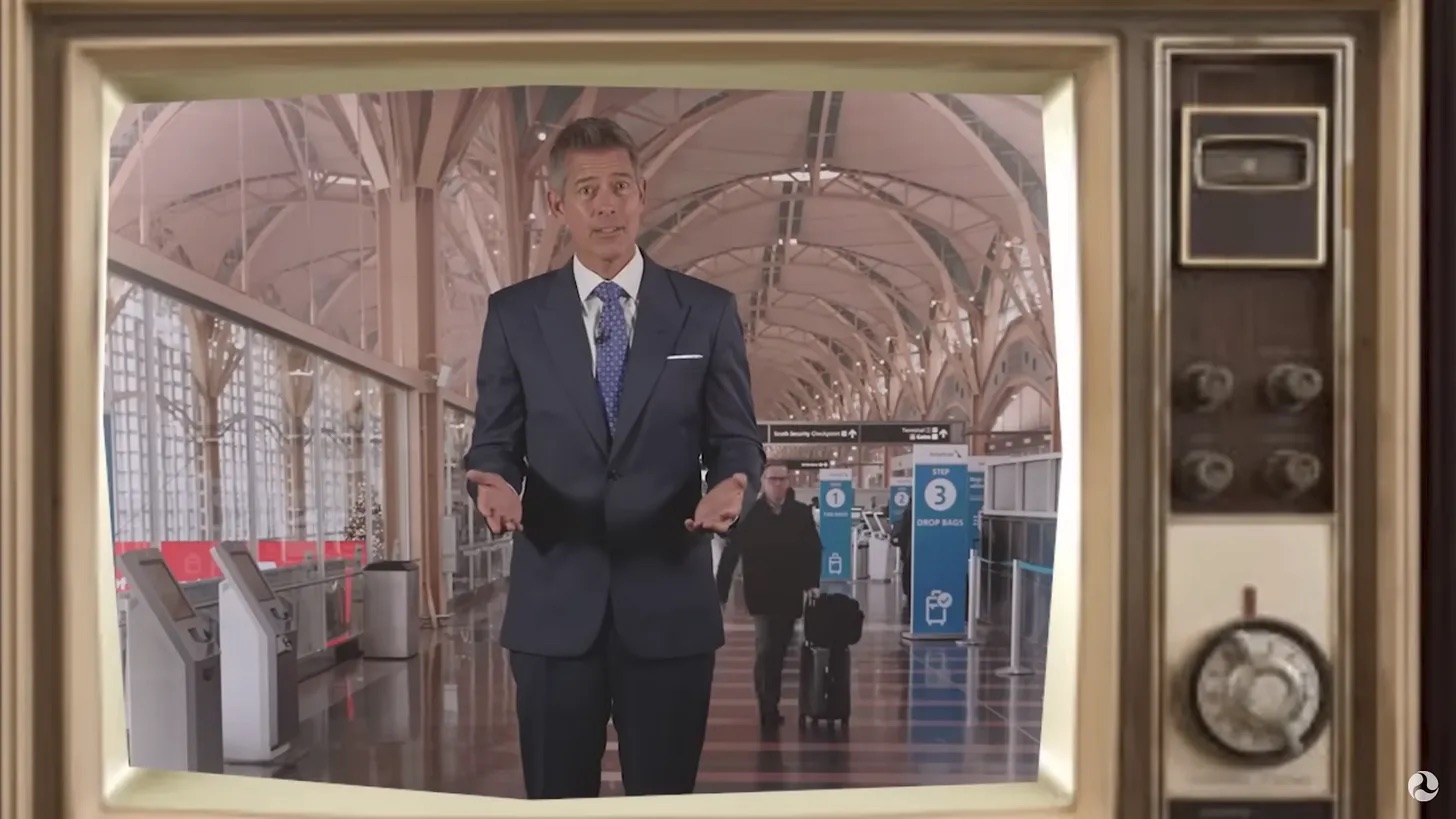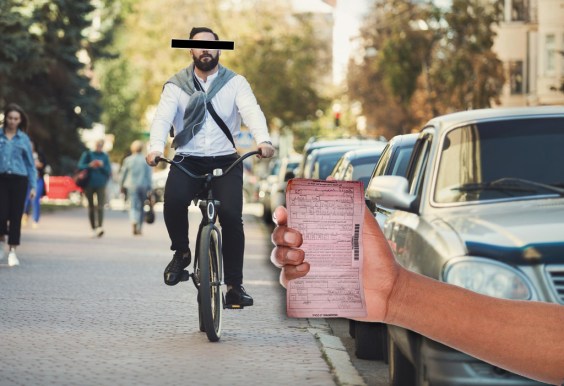This week on the Talking Headways podcast we’re joined by Ben Donsky of Agora Partners to discuss City Walk BHAM in Birmingham, Alabama, a public space project that connects two sides of the city separated by a highway.
We chat about positive public space and what it takes to make projects like this happen.
Scroll past the audio player below for a partial edited transcript of the episode — or click here for a full, AI-generated (and typo-ridden) readout.
Jeff Wood: Alright. I wanna talk with you about Birmingham. You've been working on this project in Birmingham, creating public space under a highway. I wonder if you could tell us a little bit about how this project came about and some of the details maybe of the city and the highway itself.
Ben Donsky: Sure. So to be clear, we actually, I started working on this personally when I was at my previous firm. This would've been in early 2016, when I was first involved and we wrapped up our work. We're not currently working on City Walk Birmingham. Our last work for them finished, I believe about two years ago, but I was involved, you know, off and on for about seven and a half years from the initial conception and planning of the project all the way through its operation.
So the project actually emerged as a compromise between Alabama DOT, and a variety of different community members, some of whom had organized themselves into a nonprofit group that was attempting to stop a highway reconstruction project. This highway when it was originally built in Birmingham. This is highway Interstate [65] and Interstate 20, they come together.
If you look at an aerial photo of where this highway goes, you will notice a curious bend right at the location of City Walk. That bend in the highway route is a result of highway planners when this was originally built, intentionally destroying the neighborhood where all of the civil rights leaders in Birmingham were living.
So I think it's really, really important to start with the idea that there had been a thriving black neighborhood. This neighborhood was destroyed intentionally to build a highway. And possibly, I'm sure they hoped, interfere with the civil rights movement. So when it was time for Alabama DOT to reconstruct this highway because its useful life had expired, this was obviously gonna be very controversial.
I would've thought if I were at Alabama DOT would've said, oh yeah, this is gonna be a really controversial project. We should get out in front of that. But they they didn't, and I was actually brought in on the recommendation of a lighting designer. 'Cause this was a highway project. So the designer who was doing all the lighting for the highway as well as regular highway lighting as well as architectural and decorative lighting, I had previously worked with on several projects, including a couple in Newark, New Jersey.
And he basically pitched me to Alabama Department of Transportation as a white guy who was gonna be comfortable talking to all of the black constituents that they were not comfortable talking to. And my first work on the project was essentially to go in and figure out is there a viable program?
Is there a feasible program for a public space underneath a highway that could actually engage the community and be desired, valued? Could it meet some existing needs, open space needs in Birmingham if we were to put it under a highway? And can we get to a community driven solution for that park?
And when I started. Obviously people were extremely skeptical that something like this could work, that it would be a pleasant place to be. And I should note that a lot of community residents really wanted to bury the highway. They wanted to bury it and cap it. Which was funny because one of the projects that they pointed to as a precedent was one that I had been involved with for many years called Clyde Warren Park in Dallas, which I worked on for something like eight years or something.
And I was told, you cannot mention Clyde Warren Park because Alabama DOT will go crazy if you mention that. They're not gonna bury the park, not gonna cap it. They don't have the money. And so that was really off the table. And I, and I do believe that bury it was, I don't think it was ever really on the table.
Jeff Wood: The DOT made it so that it was basically not on the table. Anything's possible.
Ben Donsky: Yeah, anything is possible. Right?
Jeff Wood: But the DOT had probably decided a long time ago that like, they're not burying the highway or making it into a surface level boulevard.
Ben Donsky: Well, and the reality is it's elevated on both sides, either side of downtown.
So they would've taken an elevated highway, had it go underground, and then have it go elevate again, which, you know, I'm not an engineer. I can imagine that's complicated. But yeah, anything is possible with money but yeah, DOT was never gonna bury it. And in fact, there was probably more skepticism at DOT around the viability of a public space under the project than there was in the community after we did some extensive community engagement.
I think over the course of six to eight months. We were able to have a series of meetings with a lot of different constituents and which really I was actually surprised that we got to that point because the first meeting I went to there was so much bad blood between DOT and different stakeholders.
Not just the black community, really all of the representatives from neighborhood councils and neighborhood organizations were opposed to the project. Very skeptical. Had a very, very poor relationship with DOT, and so it took us several workshops to really figure out, okay, this is a venue that maybe can make up for the lack of high quality play facilities and a lack of green space in some other neighborhoods.
Like how can we specifically incorporate, play facilities was one, a big one was skating facilities.
There was no skate park anywhere in Birmingham and people had to drive to, I think, Tuscaloosa to get to the closest skate park. So we had, you know, skating community, the BMX community showing up in big numbers, and that was really, really helpful.
But you know, we had 31 acres of space, so it really wasn't too challenging to carve out different uses and programs for different spaces. And then, you know, develop a management structure that would allow for all of those great things to happen and allow for third party organizations in the community to really produce a lot of these events and with financial support from public agencies.
